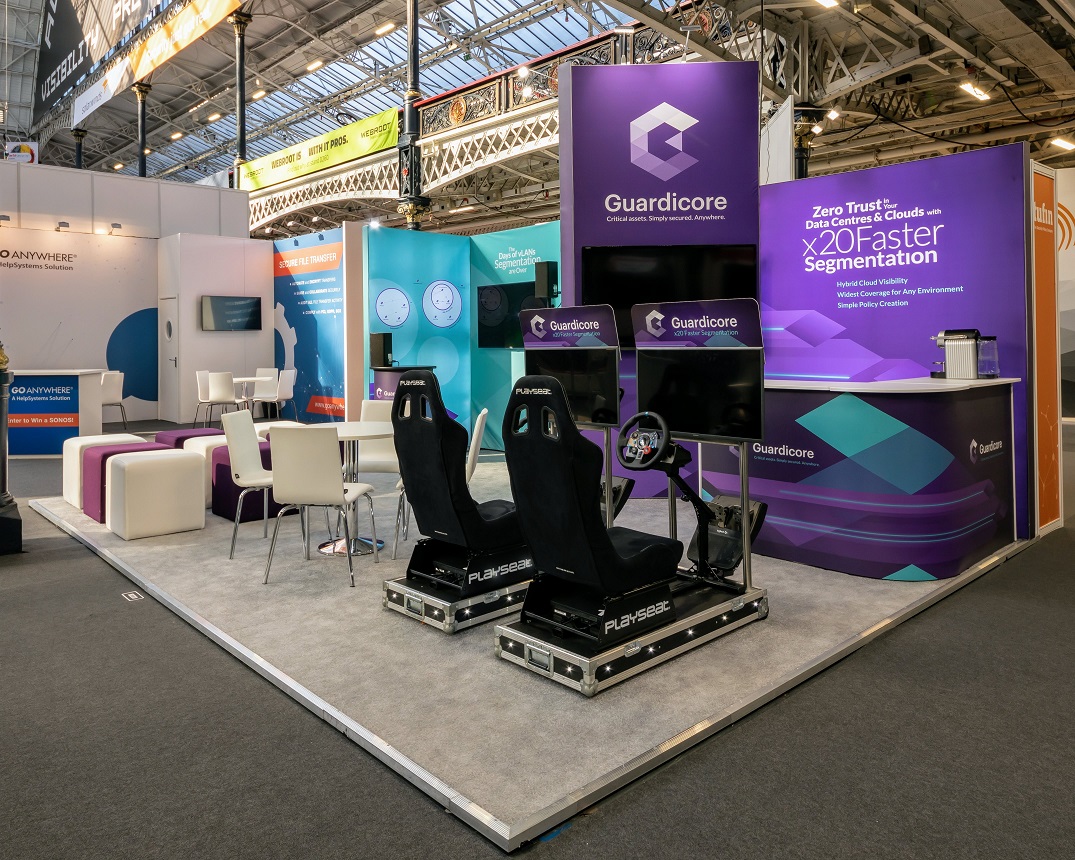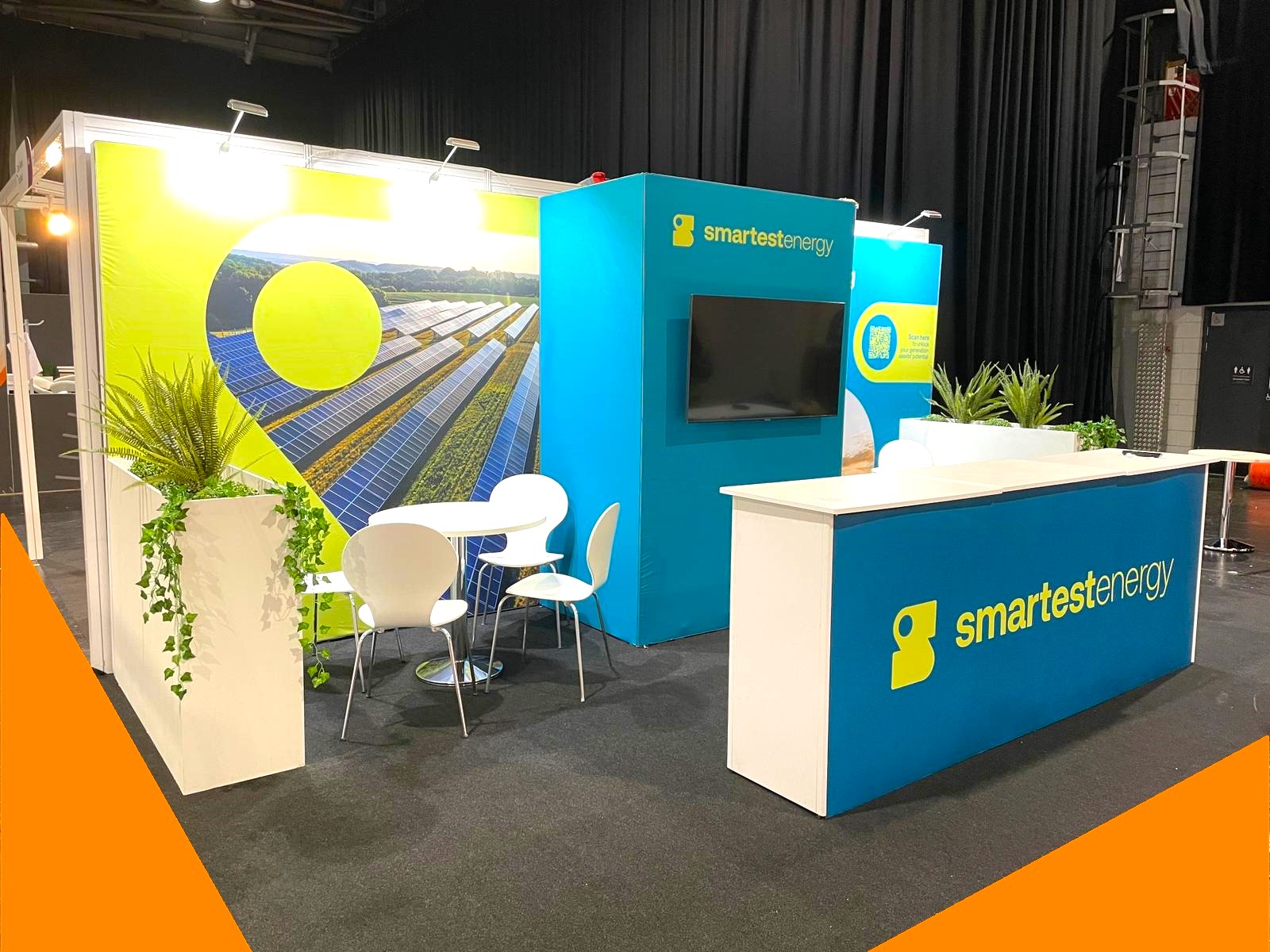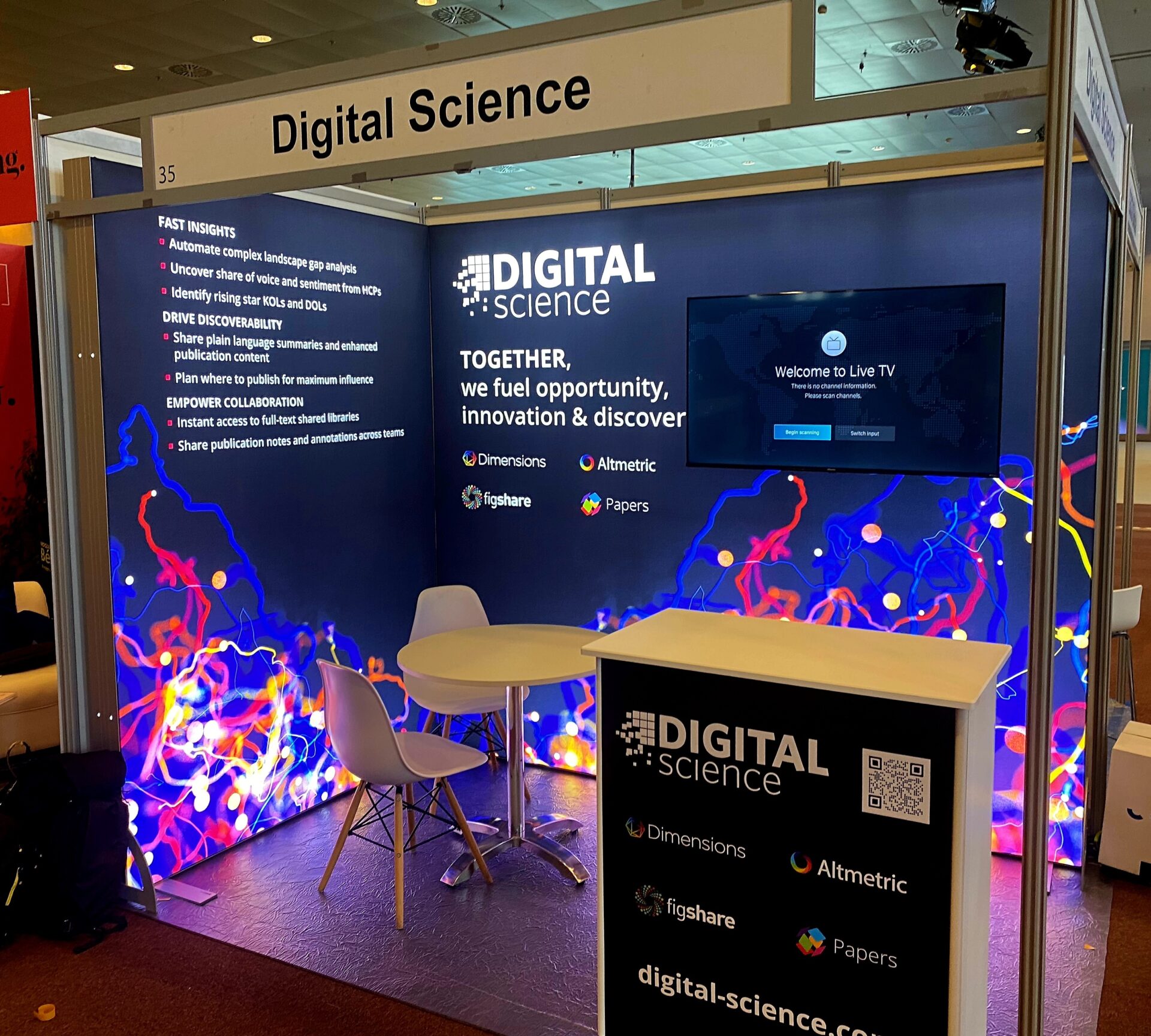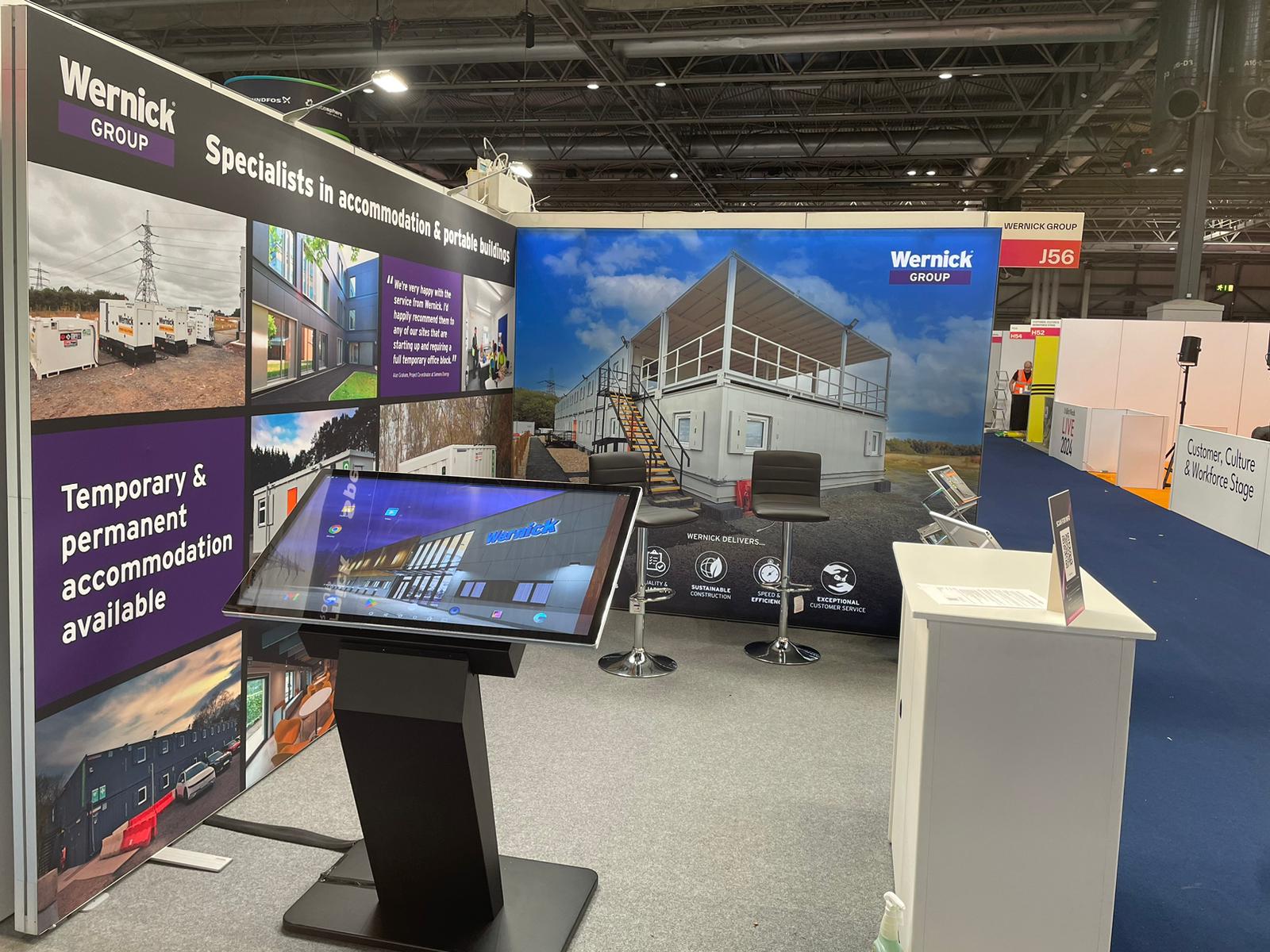Considering gamification marketing for your next event can be a highly effective strategy to enhance engagement, build brand awareness, and create memorable experiences for participants.
Gamification leverages the natural human inclination towards competition and achievement, making it a powerful tool for engaging attendees.
Why incorporate gamification into your event marketing?
Here are several reasons why you should consider incorporating gamification into your event marketing strategy:
- Increased Engagement
Gamification encourages active participation from attendees. By introducing elements such as challenges, leaderboards, and rewards, you can motivate attendees to engage more deeply with your event activities, increasing their overall involvement and satisfaction.
- Enhanced Networking Opportunities
Games that require collaboration or competition among attendees can foster networking and interaction. This not only improves the event experience but also helps build community and connections among participants, which can be especially beneficial in professional or industry-specific events.
- Data Collection and Insights
This is an important one! Gamified activities can be designed to collect valuable data from participants, such as preferences, behaviour, and feedback. This information can be invaluable for understanding your audience better and for planning future marketing strategies or event improvements.
- Educational Value
Gamification can make learning about your products, services, or industry topics more enjoyable and engaging. By incorporating educational content into games or challenges, you can enhance attendees’ understanding and retention of information in a fun and interactive way.
- Increased Brand Awareness and Loyalty
Creating unique and enjoyable gamified experiences can significantly boost your brand’s visibility and appeal. Participants are more likely to remember and have positive associations with your brand, leading to increased loyalty and word-of-mouth marketing.
- Stand Out from the Competition
Be the talk of the show! By offering a gamified experience, your event can stand out from others that might be more traditional and less interactive. This differentiation can be a key factor in attracting attendees in a crowded market. Virtual reality at events, for example, is big right now, and if you can factor that into your efforts, you could be making huge impact due to the way the user experiences it.
- Flexibility and Customisation
Gamification strategies can be tailored to fit the theme, goals, and audience of your event. Whether it’s a mobile app challenge, a scavenger hunt, or a virtual reality experience, there’s a wide range of possibilities that can be customised to enhance your event.
Where can gamification be used in the event industry?
Here are some examples of how gamification can be applied to various types of events:
- Conferences and Trade Shows
Scavenger Hunts: Use a mobile app or physical clues that guide attendees through various booths and sessions, rewarding them for checking into specific locations or completing certain actions. This can help increase exposure for exhibitors and encourage exploration.
Networking Games: Implement features like “connection quests” where attendees earn points or badges for meeting a certain number of new people, exchanging business cards, or using an event app to connect with others.
Live Polls and Quizzes: Engage attendees during sessions by integrating live polls or quizzes related to the presentation content. Offer rewards for participation or for scoring high.
- Educational Workshops and Seminars
Learning Paths: Design a gamified learning path where participants earn points, badges, or levels for attending workshops, completing assignments, or passing quizzes. This can motivate attendees to engage more deeply with the educational content.
Group Challenges: Encourage teamwork by organising attendees into groups to solve problems, complete tasks, or compete in challenges related to the workshop topic. This can facilitate learning through collaboration and competition.
Interactive Q&A Sessions: Use game elements in Q&A sessions, such as rewarding points for asking questions or for upvoting questions in an event app, to encourage more interaction and participation.
- Corporate Meetings and Team Building Events
Achievement Badges for Milestones: Recognize and reward employees for achieving certain milestones or completing tasks during the event, such as participating in discussions, leading a team, or presenting innovative ideas.
Team Competitions: Organise team-building activities that are gamified with objectives, points, and rewards. This could range from problem-solving exercises to creative competitions.
Virtual Escape Rooms: For virtual or hybrid events, incorporate an online escape room that requires teams to work together to solve puzzles related to the event’s theme or the company’s values.
- Fundraisers and Charity Events
Donation Milestones: Create a gamified donation system where different levels of donations unlock new challenges or rewards. For example, if the event reaches a certain amount in donations, a notable person might perform a challenge, or a new piece of entertainment is unlocked.
Interactive Challenges: Engage participants with challenges that encourage donations, such as matching gift challenges, where donations within a certain time frame are matched by sponsors.
Social Media Challenges: Encourage participants to spread the word about the event and cause through social media event challenges. Points or rewards can be given for shares, likes, and using specific hashtags, thereby increasing visibility and potentially donations.
When implementing gamification in events, it’s crucial to align the game design elements with the event goals and KPIs, and ensure they add value to the attendee experience. Properly designed, gamification can significantly enhance engagement, learning outcomes, and overall event success.
What is gamification theory?
Gamification theory is a framework that applies game-design elements and principles in non-game contexts to engage and motivate people to achieve their goals. It leverages the psychological predispositions that make games engaging and fun, applying these elements to various domains such as education, work, health, and marketing, with the aim of improving user engagement, data quality, timeliness, and learning outcomes.
How can you ensure gamification brings event success?
To ensure the success of gamification at your event, consider the following:
Define Clear Objectives: Know what you want to achieve with gamification (e.g., increased engagement, education, networking).
Know Your Audience: Design games and challenges that appeal to your event’s specific participants.
Offer Valuable Rewards: Ensure the rewards for participating are desirable and relevant to your audience.
Promote Participation: Make sure attendees are aware of the gamification elements and encourage them to participate.
Measure Results: Collect and analyse data to measure the impact of gamification on your event goals.
Incorporating gamification into your next event can not only enhance the attendee experience but also contribute significantly to the achievement of your marketing objectives. With careful planning and execution, gamification can be a game-changer for your event marketing strategy.
If you would like to include gamification in your next exhibition display stand, please contact us and our team of exhibition stand designers will work with you to design a functional yet innovative display that makes you stand out from the crowd!
At Starlight we have a wide range of sustainable modular displays enabling us to work with your budget, timescales and ideas to create impressive and creative and versatile modular exhibition stands.



